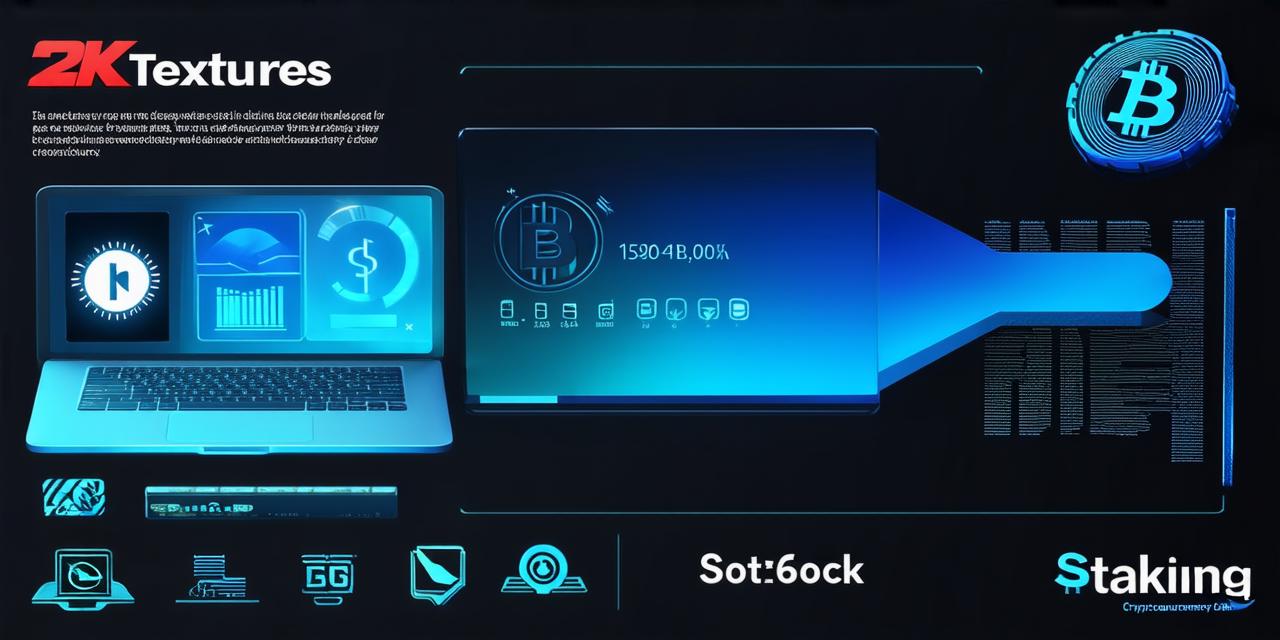Staking is a way for crypto holders to lock up their coins in exchange for rewards. The process involves depositing coins into a smart contract that holds them in escrow, typically for a fixed term or until certain conditions are met. In return for this commitment, stakers receive rewards in the form of newly minted coins or transaction fees generated by the network.
Staking is becoming increasingly popular among crypto investors as it provides a way to earn passive income without having to actively trade their coins. However, there are many factors that crypto developers must consider when implementing staking mechanisms into their projects.
What is Staking?
Staking can be thought of as a form of proof-of-stake consensus mechanism. Proof-of-stake is an alternative to the more well-known proof-of-work consensus mechanism used in Bitcoin and other cryptocurrencies.

In proof-of-work, miners compete to solve complex mathematical problems to validate transactions and add them to the blockchain. This process requires a significant amount of computational power and energy consumption, which can be environmentally unsustainable.
In contrast, proof-of-stake relies on the commitment of coin holders to lock up their coins in escrow. By doing so, they become “validators” who help secure the network by validating transactions and adding them to the blockchain. In return for this commitment, validators are rewarded with newly minted coins or transaction fees generated by the network.
Benefits of Staking
There are many benefits associated with staking cryptocurrency. One of the most significant is the opportunity to earn passive income without having to actively trade coins. By locking up their coins in escrow, stakers can receive rewards in the form of newly minted coins or transaction fees generated by the network.
Another benefit of staking is that it can help to increase the stability and security of the network. By requiring coin holders to lock up their coins in escrow, staking mechanisms can help to reduce the volatility of the cryptocurrency market. This can be particularly important for projects that are still in the early stages of development and are subject to significant price fluctuations.
Staking can also help to increase the decentralization of the network. By requiring validators to hold a certain amount of coins in escrow, staking mechanisms can ensure that the network is not controlled by a small group of individuals or organizations. This can help to reduce the risk of centralization and increase the resilience of the network against attacks or other forms of disruption.
Risks of Staking
While staking cryptocurrency can be an attractive way to earn passive income, it is not without risk. One of the most significant risks associated with staking is that validators who lock up their coins in escrow are subject to a “slashing” penalty if they act maliciously or engage in other forms of bad behavior.
Another risk associated with staking is that it can be difficult for stakers to recover their funds in the event of a security breach or other form of disruption. If a hacker is able to gain access to the network and compromise its integrity, stakers may be unable to recover their staked coins and may suffer significant losses as a result.
